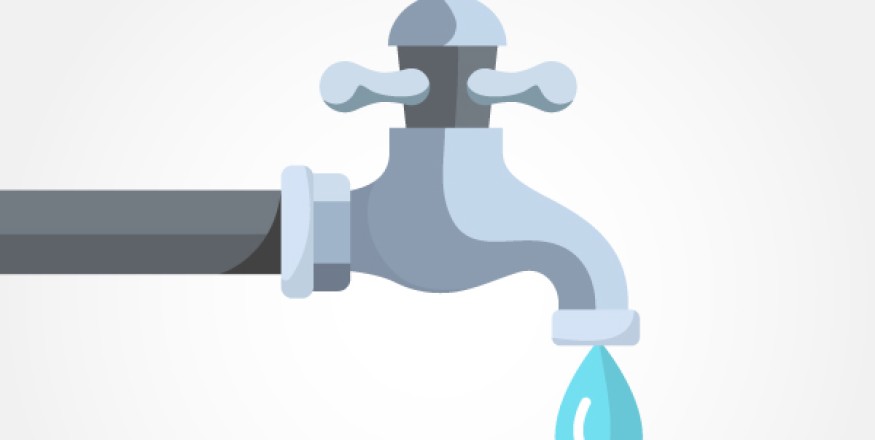-
info_outline Info
-
toc Table of Contents
-
share Share
-
format_color_text Display Settings
-
exposure_plus_1 Recommend
-
 Sponsor
Sponsor
-
report_problem Report
-
account_circle Login

As we have higher and higher requirements for the quality of drinking water, various water purifiers have also entered thousands of households. Here comes the question, how to choose a reliable water purifier?
Products related to drinking water sanitation and safety: all joint water-stop materials, plastic and organic synthetic pipes, pipe fittings, protective coatings, water treatment agents, descaling agents, water quality processors and Other new materials and chemicals.
The water purifier we want to buy belongs to one of the water quality processors. What are the types of water quality processors on the market?
1. Adsorption water purifier: activated carbon water purifier;
2. Filter-type water purifiers: primary filter elements, ceramic water purifiers, microfiltration water purifiers, ultrafiltration water purifiers, nanofiltration water purifiers, reverse osmosis countertop water purifiers, etc.;
3. Drinking water pH regulator;
4. Drinking water softening and desalination processor: ion exchange device, distilled water device, electrodialysis drinking water processor;
5. Drinking water disinfection equipment: chlorine dioxide generator, ozone generator, sodium hypochlorite generator, oxidation potential water generator, ultraviolet sterilizer, etc.;
Others: defluoridation, arsenic removal water purifier
How to choose? What points should be paid attention to?
1. It is the key to check the consistency of product labels, instructions and sanitation approval documents.
"Drinking Water Sanitation Supervision and Management Measures" stipulates:
Units and individuals that produce products related to drinking water hygiene and safety must apply to the government's health and family planning department for product hygiene approval documents in accordance with regulations. After obtaining the approval documents, they can produce and sell products; and the sanitation license approval documents are valid for four days. year.
The "Management Specifications for Labeling Instructions for Products Involving Drinking Water Sanitation and Safety" stipulates:
Labels of water-related products should include: product name, product hygiene license approval number, production company information (name, address and contact information), product implementation standard number, production date or production batch number, precautions and/or warnings, water quality Products such as processors shall also indicate the corresponding main technical parameters.
The "Management Specifications for Labeling Instructions for Products Involving Drinking Water Sanitation and Safety" stipulates:
Instructions for water-related products should include: product name, product hygiene license approval number, manufacturer information (name, address and contact information), product implementation standards (standard number and standard name), product function, scope of application, method of use, Notes, water quality processors and other products should also indicate the corresponding main technical parameters.
2. It is forbidden to label the effect of disease prevention and treatment
Note that some manufacturers will falsely exaggerate the functions of water-related products, illegally mark the efficacy of disease prevention and treatment, and express or imply the content of disease prevention and treatment; false, exaggerated, misunderstood or deceptive texts, graphics, and drinking water Irrelevant content; consumers should choose according to actual needs to avoid being misled.
The "Management Specifications for Labeling Instructions for Products Involving Drinking Water Sanitation and Safety" stipulates:
Labels and instruction manuals of water-related products are not allowed to indicate content: content that expressly or implicitly has the effect of preventing and curing diseases; false, exaggerated, misleading or deceptive text, graphics, and content that have nothing to do with drinking water; "acid water", "Alkaline water", "activated water", "small molecular mass water", "functional water", "energy water", "oxygen-enriched water" and other contents; contents prohibited by laws, regulations and standards.
2. Choose different "membranes" to produce different water, be cautious
When consumers choose a water purifier, the most difficult thing is to face a series of "membrane" choices.
Microfiltration, ultrafiltration, nanofiltration, reverse osmosis, different treatment methods have different water quality, consumers can choose according to the needs of individuals and families.
For example, the water after "reverse osmosis" treatment is close to pure water, consumers who are fond of "mineral water" should pay attention.
Pay attention to replace the "filter element" on time
The water purification flow refers to the amount of water that the equipment can handle per unit time. Generally, it is marked with how many liters can be processed per minute. The rated total water purification volume is the upper limit of the total processing of the machine. If the upper limit is reached, the filter element of the water purifier should be replaced, otherwise it will be filtered out The organic matter, bacteria, etc. hidden in the filter element can easily cause secondary pollution of water quality.
The time to replace the filter element is generally clearly marked on the instruction manual of the water purifier. Citizens can also according to individual needs
When purchasing household water purifiers, be wary of some merchants exaggerating and falsely promoting the health benefits of water purifiers.
 0 sponsors' comments
0 sponsors' commentsAfter each update request, the author will receive a notification!
smartphone100 → Request update
→ Request update
Thank you for supporting the story! :)
Please Login first.
Reading Theme:
Font Size:
Line Spacing:
Paragraph Spacing:
Load the next issue automatically
Reset to default




